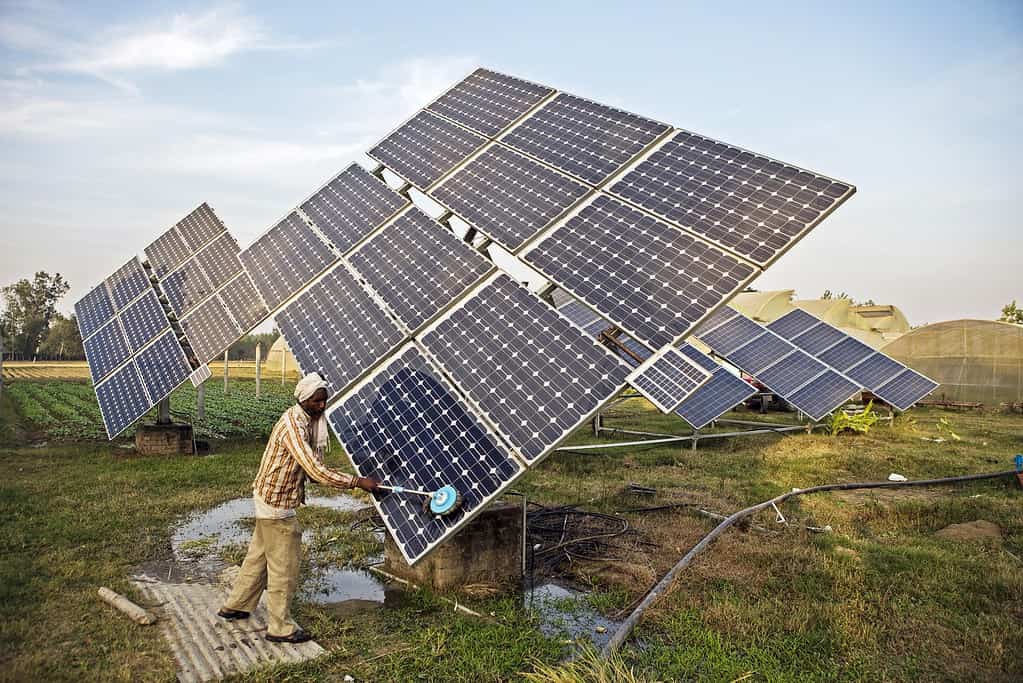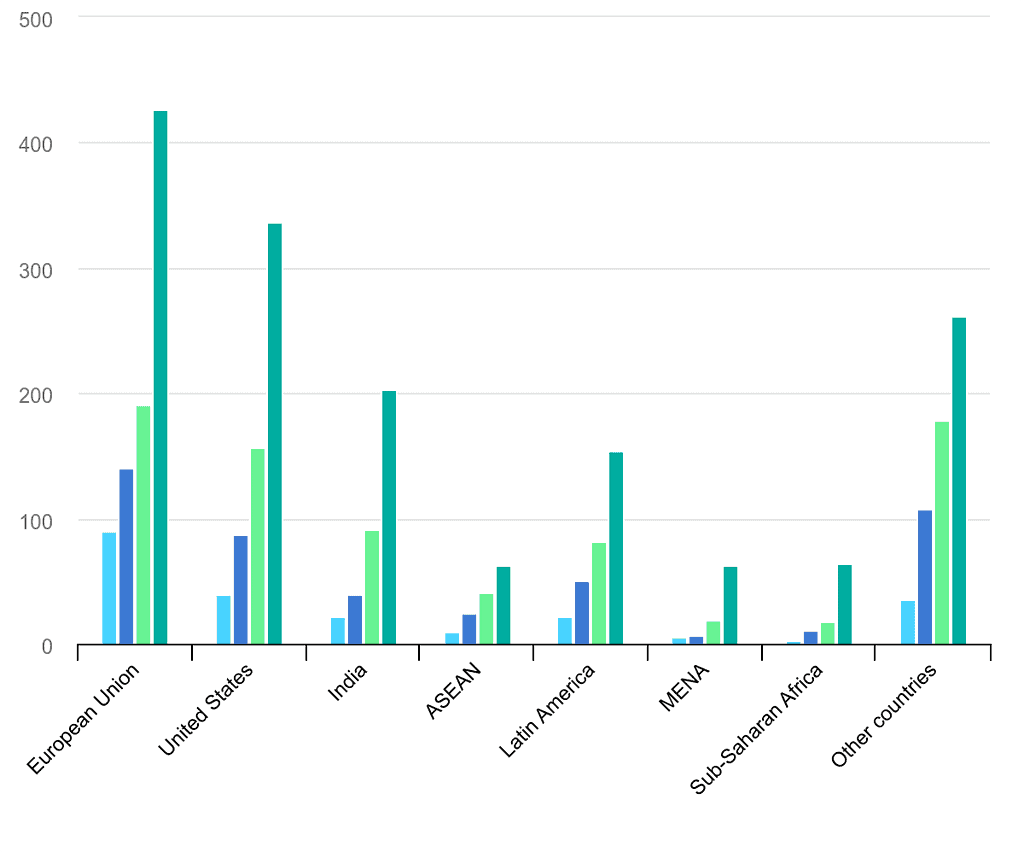In 2023, the annual increase in global renewable capacity surged by nearly 50%, reaching almost 510 gigawatts (GW), marking the swiftest growth rate witnessed in the last twenty years. According to a new report by the International Energy Agency (IEA), this is the 22nd year in a row that renewable capacity additions have broken a new record.

While Europe, the US, and Brazil experienced record-breaking surges in renewable capacity, China’s acceleration was particularly remarkable. In 2023, China added more solar photovoltaic (PV) capacity than the entire global capacity added in 2022. Additionally, China’s wind additions saw a 66% year-on-year growth.
The IEA forecasts that under current policies and market conditions, global renewable energy capacity would grow to 7.300 GW over the 2023-28 period covered by the forecast. Solar and wind would account for 95% of the expansion, with renewables expected to overcome coal as the main source of electricity generation by 2025.
While this puts the world closer to delivering on the goal of tripling renewables by 2030 agreed last year at the UN climate change conference, it’s not sufficient yet. Governments can close the gap by addressing challenges such as insufficient investment in grid infrastructure, lack of finance and policy uncertainties, the IEA said.
Fossil fuels are the main culprit behind the climate crisis. The world’s average temperature has already increased over 1.2C since pre-industrial time, with each year breaking a new temperature record. This urges the need to bring down emissions, especially from the energy sector, which accounts for the biggest share of emissions.
“Onshore wind and solar PV are cheaper today than new fossil fuel plants almost everywhere and cheaper than existing fossil fuel plants in most countries. There are still some big hurdles to overcome, including the difficult global macroeconomic environment,” IEA executive director Faith Birol said in a recent news release.
What’s needed to reach the global target to triple renewables varies significantly by country and region. The report presents a scenario wherein the enactment of policies results in a 21% higher growth in renewable power capacity. A big part of this would have to be done by G20 countries, accounting for 90% of renewable power capacity.

Solar and onshore wind are expected to more than double in the US, Europe, India and Brazil through 2028. In 2023, the prices of solar modules dropped nearly 50% year-on-year decline – a trend expected to continue. While solar manufacturing capacity is expected to surpass demand, the wind industry still faces supply chain disruptions.
The report also looks at the momentum behind hydrogen produced from renewable energy sources, or green hydrogen. Of the projects so far announced, only 7% of the proposed capacity is expected to come online by 2030. This is because of a slow pace of projects reaching an investment decision and higher production costs, the IEA said.
“For me, the most important challenge for the international community is rapidly scaling up financing and deployment of renewables in most emerging and developing economies, many of which are being left behind in the new energy economy. Success in meeting the tripling goal will hinge on this,” Faith Birol said in a news release.









